Gardening with Nature | March 2021
Article by Sigrie Kendrick
Now is the Time to Design Your Garden
Although spring is not yet here at the beginning of March, there is hope warmer weather will soon allow us to get out into the garden. That means now is the time to plan and design the coming season’s garden. In my last post, I discussed the first of seven Principles of Xeriscape, Planning and Design, but divided it into two sections, beginning with planning. This post will focus on design.
The first design decision to be made is whether you want a formal or informal landscape.
Formal design tends to be more symmetrical, achieved by identical plantings on either side of a central axis, often a walkway or path.
The variety of plants used tends to be limited and the colour palette neutral.
Formal design features straight lines with sharp angles, often laid out in squares and rectangles, making use of tightly-clipped, low hedges of evergreens or boxwood.
These designs tend to be fairly labour-intensive with lots of pruning required to keep everything looking perfectly symmetrical.
Many traditional, historical British gardens are formal in their design, a popular aesthetic when you employ a full-time gardener.
A modern take on formal design can be achieved by the use of drought-tolerant ornamental grasses planted in rows.
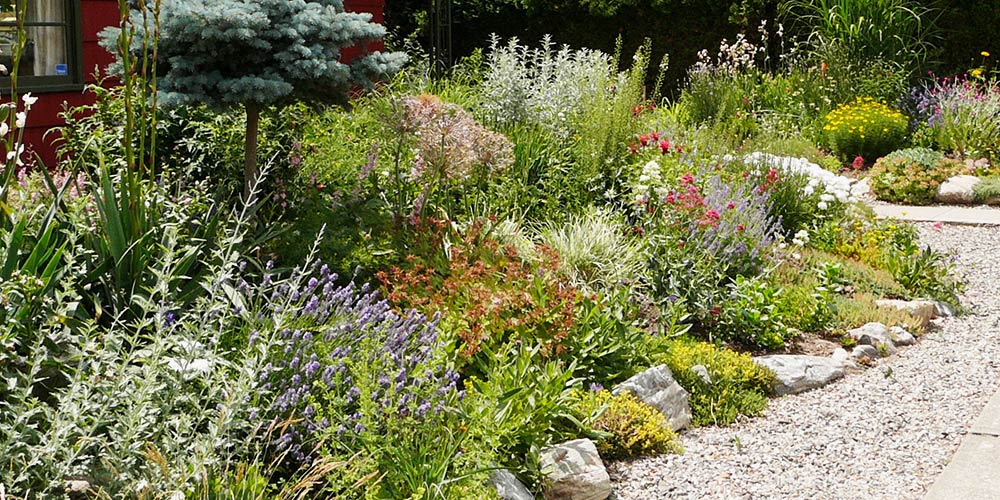
In contrast, informal garden design tends to feature curved planting beds for a more natural look with a greater selection of plants used.
As informal gardens often feature a wider selection of plants than those used in formal design, they tend to be the choice for those of us who can never have too many plants.
That being said, a common design mistake is the use of too many plants in a space— and I am guilty as charged.
A well-designed landscape is a balance: of size, shape, colour and texture.
Repeating groups of the same or similar plants throughout your garden creates a sense of continuity and unity and will be more pleasing to your eye than a multitude of individual plants.
Cottage gardens, rock gardens, native gardens, and meadow plantings are all examples of informal garden designs which are well-suited to drought-tolerant plant choices.
The maintenance of an informal garden will be significantly less as the selected plants will be allowed to achieve their natural size which reduces the time spent pruning.

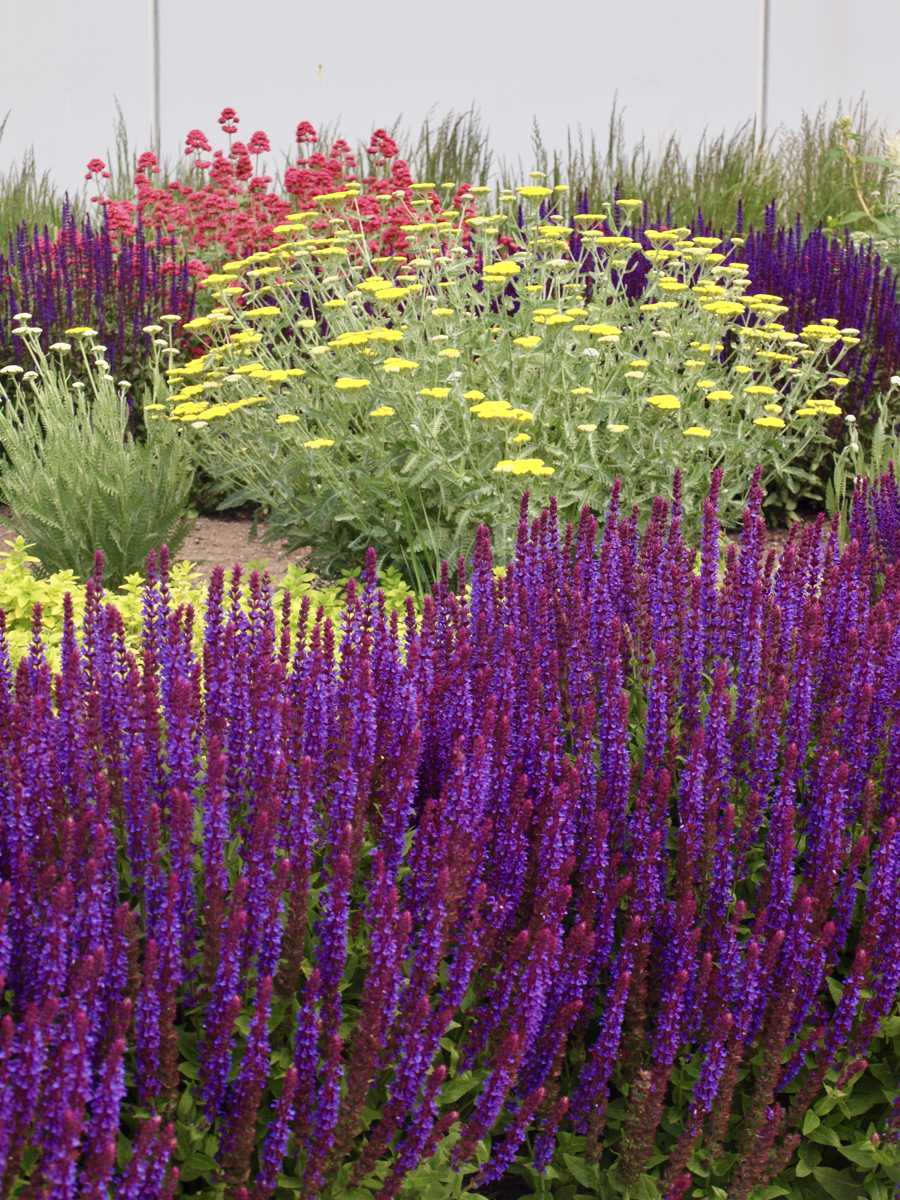
The plant database on our website offers hundreds of xeric trees, shrubs, perennials, annuals, bulbs, and vines which can be referenced for either a formal or informal landscape design.
Many of the plants featured encourage birds and pollinators to visit your garden making it ecologically valuable and not simply aesthetically pleasing.
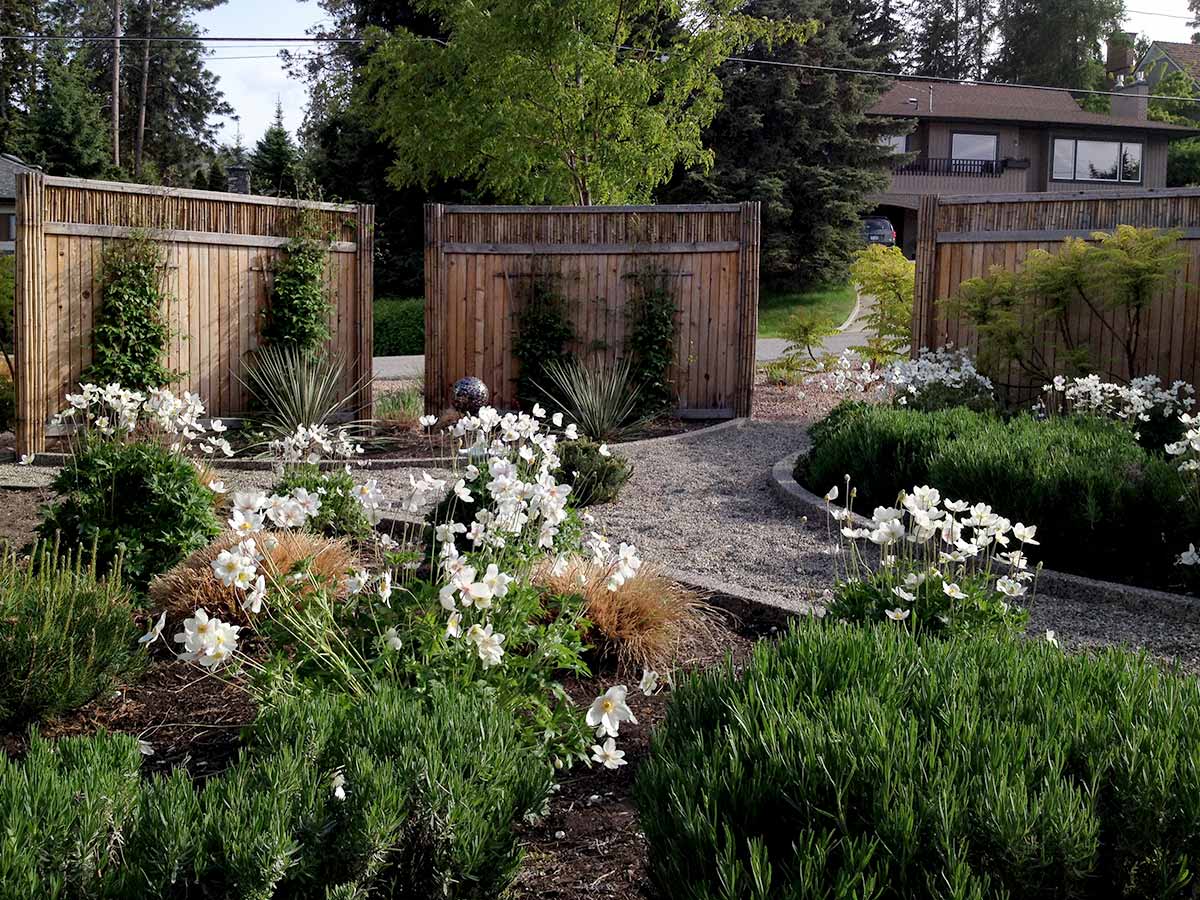

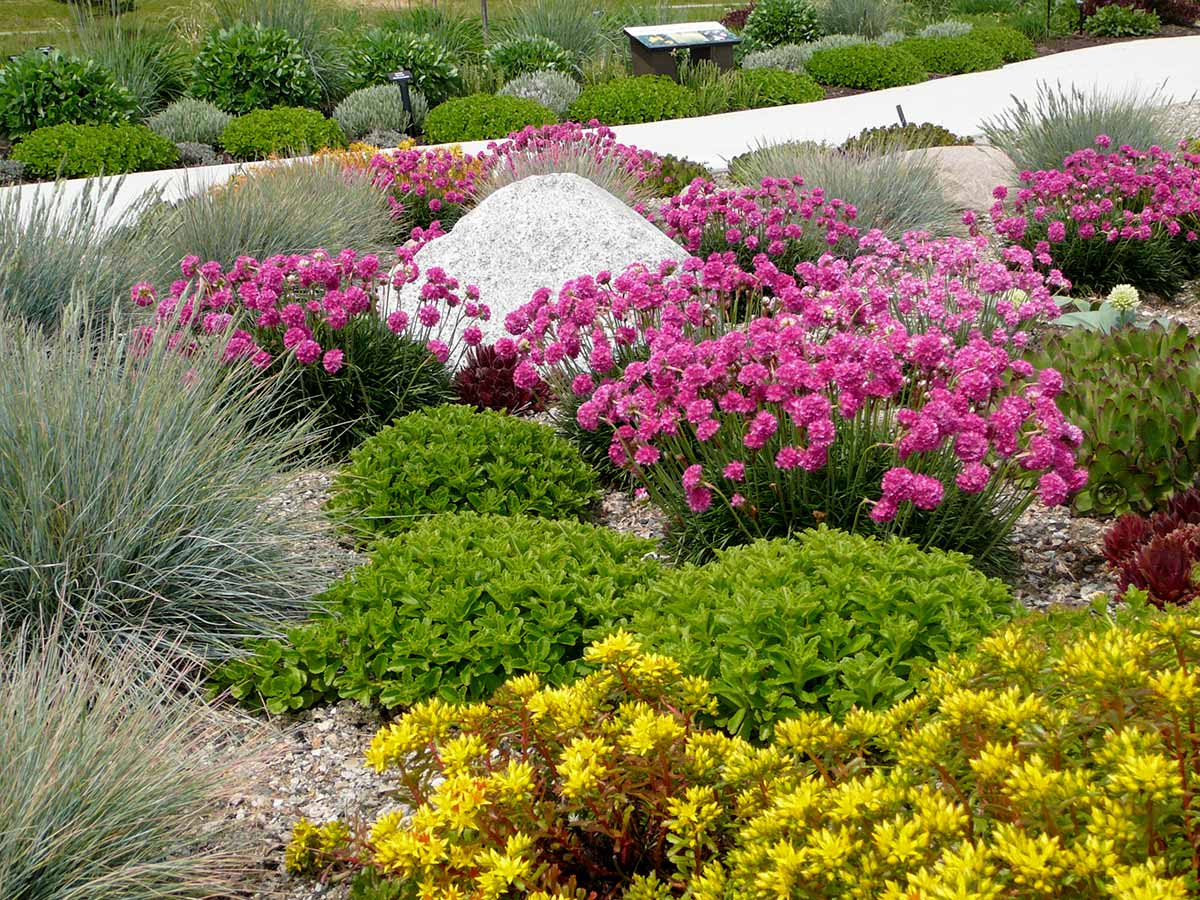
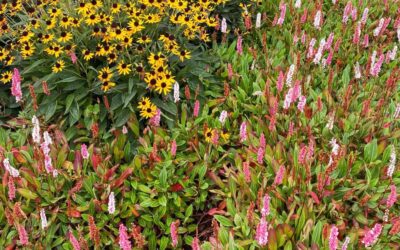
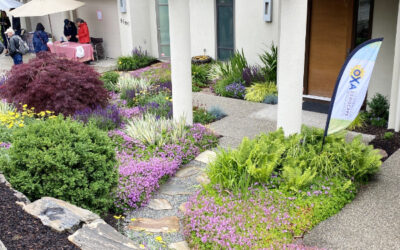
0 Comments